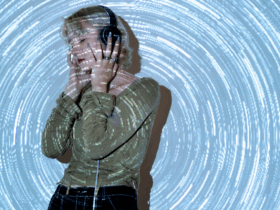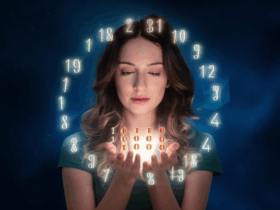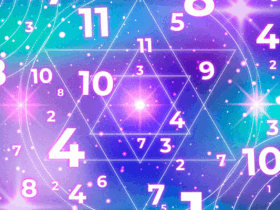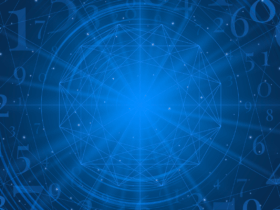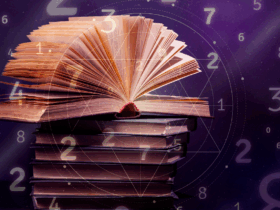In today’s hyper-digital world, we often see technology and spirituality as occupying opposite ends of the spectrum. One is grounded in logic, precision, and data; the other is intuitive, symbolic, and rooted in ancient traditions. But a quiet revolution is taking place—one that merges the old and the new, as numerology begins to influence modern coding practices, giving rise to what some call spiritual algorithms.
At its core, numerology is based on the idea that numbers are not just quantities—they carry qualities. Every number, from 1 to 9, and even master numbers like 11, 22, or 33, is believed to hold specific energy and meaning. For instance, 1 is associated with leadership and initiative, while 7 is linked to spirituality and introspection. This system, which dates back thousands of years to Pythagorean and Chaldean traditions, interprets names and birthdates to uncover life paths, karmic lessons, and personal strengths.
Modern code, on the other hand, is built on binary systems and mathematical algorithms. But even in this realm, numbers aren’t just tools—they’re the foundation of all digital existence. The intriguing overlap comes when programmers begin integrating the symbolic nature of numbers into their work, blending logic with intention.
Take, for example, digital tools that offer daily affirmations or spiritual guidance based on a user’s birth date. These applications don’t just crunch numbers randomly—they follow numerological formulas, turning raw data into personalized, meaningful output. Some websites use life path calculations to generate customized meditation playlists or suggest optimal times for decision-making based on numerological cycles.

Artists and generative designers are also exploring this space. They create code-based art where shapes, colors, and patterns evolve according to numerological sequences. The result is not just visually pleasing—it’s spiritually symbolic, tapping into archetypes and energies believed to be embedded in number patterns.
Related: Numerology and Ethics: How Numbers Can Guide Moral Choices
Even in user experience (UX) design, some developers intentionally use “power numbers” like 3, 7, or 9 in layouts, menu items, or loading animations. While subtle, these decisions are meant to create resonance, harmony, or a sense of completeness—aligning the user experience with deeper symbolic patterns.
The idea of spiritual algorithms also speaks to a broader cultural shift: a desire to bring meaning and mindfulness into technology. As AI grows more powerful and pervasive, many users crave systems that feel more human, more aligned with natural or spiritual rhythms. Numerology offers a symbolic vocabulary to bring that depth into the digital space.
Critics may argue this blend is pseudoscience or superstition. But for many, it’s not about hard proof—it’s about intentionality and connection. Just as ancient civilizations built sacred geometry into their architecture, modern creators are beginning to embed symbolic numerology into the code of the virtual worlds we now inhabit.
In essence, spiritual algorithms represent a fusion of two languages: one of logic and one of intuition. Together, they offer a new way of thinking about technology—not just as a tool, but as a medium for meaning, insight, and even transformation.
Related: Sacred Numbers, Sacred Self: Aligning with Your Soul Through Numerology









